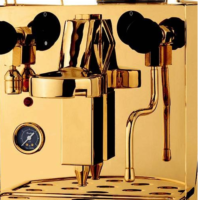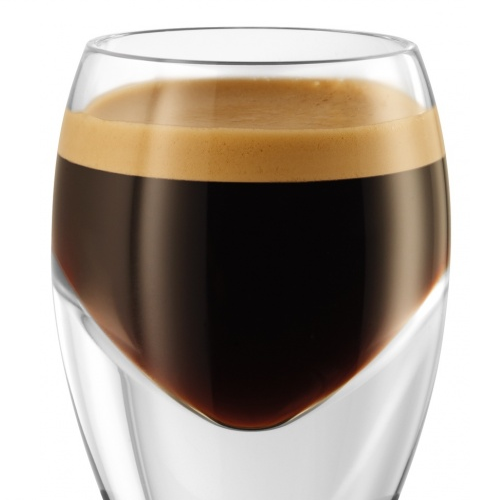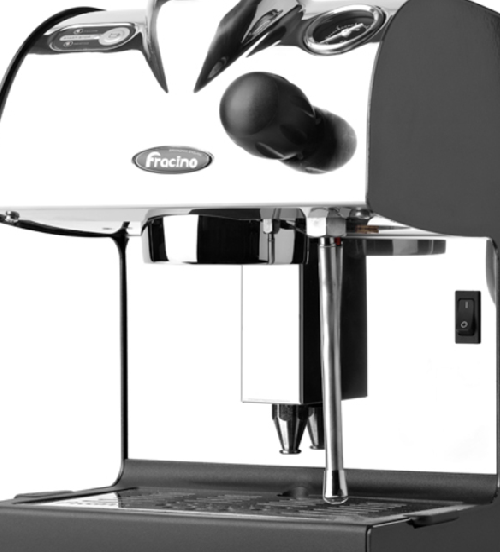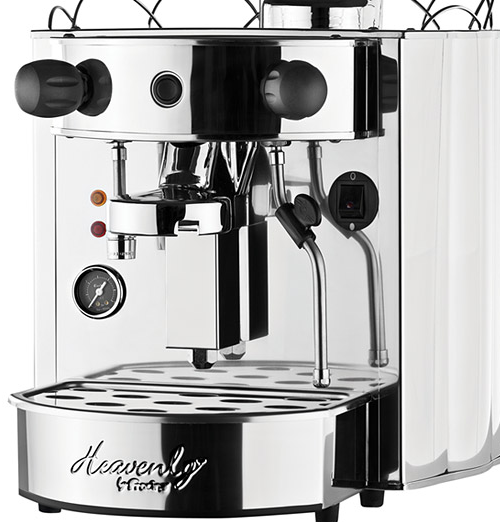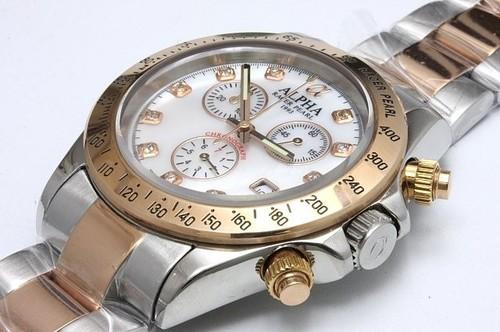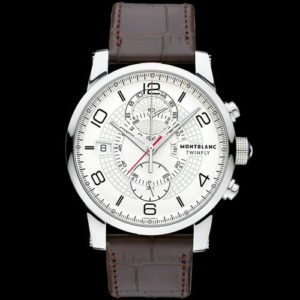Lifestyle contributor and founder of the Ginkgo Project Sanza Bulaya reviews the delectable Fracino coffee machine: taste, quality and convenience
Think of coffee and Birmingham isn’t the first place that comes to mind, but it’s home to the UK’s only espresso machine manufacturer and it’s proving to be a world beater.
Making espresso is all about taste, quality and convenience. However THE question is also about something subtler: what are we trying to achieve when we are making an espresso? One could say, trying to extract the maximum origin and roasted flavours from the beans without burning the coffee, or over extracting into the cup.
The rule is, the better the ingredients, the more taste you will have in your cup. In other words, what you need is quality fresh coffee beans and of course, some water. Then, this is the wonderful chemistry that will make the rest, because at the end of the day, there is only 2% coffee and 98% water in your espresso cup.
No rocket-science here: by definition an espresso is made by “forcing very hot water under high pressure through finely ground, compacted coffee. Tamping down the coffee promotes the water’s even penetration of the grounds. This process produces an almost syrupy beverage by extracting both solid and dissolved components. It also produces the definitive crema, by emulsifying the oils in the ground coffee into a colloid, which does not occur in other brewing methods.
There is no universal standard defining the process of extracting espresso, but there are several published definitions, which attempt to place constraints on the amount, and type of ground coffee used, the temperature and pressure of the water, and the rate of extraction. Generally, one uses an espresso machine to make espresso.
The espresso machine is the complexity behind the simplicity.
As you may know, espresso is an Italian word referring to “pressing-out”, “squeezing” the flavour from the coffee by using the pressure of steam. Today, the Italian espresso-style coffee is a cultural and gastronomic phenomenon that has been spread across the world and has been building-up its own technology and techniques.
The first espresso machine

The first espresso machine was built and patented by Angelo Moriondo in Turin in Italy in 1884. According to coffee historians such as Ian Bersten, that invention “was certainly the first Italian bar machine that controlled the supply of steam and water separately through the coffee”. As a result of this Italian origin of espresso beverage and process making, the Italians have largely dominated espresso machine production.
Fracino
But surprisingly, in Birmingham, UK, a company called Fracino is changing the rules of the espresso game. Fracino started in a garden shed 50 years ago. Today the British company is one of the leaders of the “made in England” brigade with a factory in its hometown Birmingham. As of December 2011 the company produces 60 coffee machines a week. How did it all start? To answer that question, let’s travel back to Italy and the origins of espresso history.
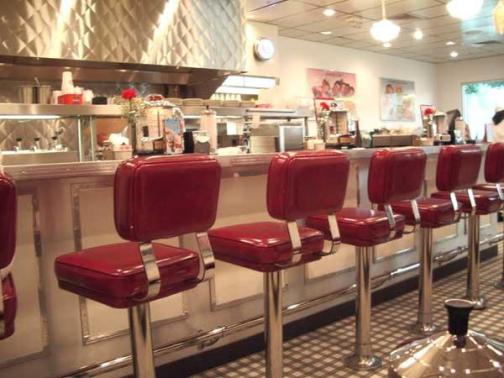
Back in the 1950s, a British engineer Frank Maxwell brought an Italian coffee machine to the UK after a trip to Italy: the Mecca of espresso coffee. Amazed by the complexity of the machine, together with his son Adrian, he started to develop new machines and machine components. That was the start of the Fracino saga of remarkable products with the signature: “Italian coffee, made in Birmingham”. In the UK the Maxwell’s gleaming Fracino branded machines are installed in bustling coffee shops, boutique hotels, gastro bars and restaurants. One of the greatest machines they have designed and commercialised is the Heavenly machine that features incredible dimensions of: high-powered elements and performance, and of course gorgeous style.
- Retro design with sculptured cup guard and fluted stainless sides
- Can make two drinks and steamed milk simultaneously
- Pressure gauge and electronic water control
- Can be adapted to work with coffee pod systems
- No installation requirements other than a 13 amp socket
- Power shut-off feature to protect the element should the boiler water level drop
- Stainless steel steam tube for making perfectly creamy milk
- Hot water outlet allows you to make tea and hot chocolate
Fracino Heavenly
The Heavenly semi-professional coffee machine is operated by an illuminated rocker switch so the operator can control exactly the amount of coffee being dispensed into the cup. In addition, the Heavenly retro look is manufactured entirely in stainless steel with fluted, circular classic 1950s styling. It’s sturdy, compact and portable design means it’s particularly suited to venues where space is a problem or plumbed water is not available. At full steam it can produce 50 espresso cups an hour. It is one of the fastest compact machines on the market. You can make two coffees at once via the full sized group head and it has the ability to froth milk simultaneously via the steam arm. In addition, the Heavenly machine also incorporates a hot water outlet facility. Usually, this machine will complement any vibrant bar or modern cafe and is also suitable for outside caterers or larger venues seeking a portable espresso machine for event catering, for example.
Today Fracino is among the world leaders in the manufacture of coffee machines exporting to five different continents, and since 2008 they have even been exporting to the land of the espresso machine, Italy. That’s right, selling espresso from Birmingham to Bologna.
